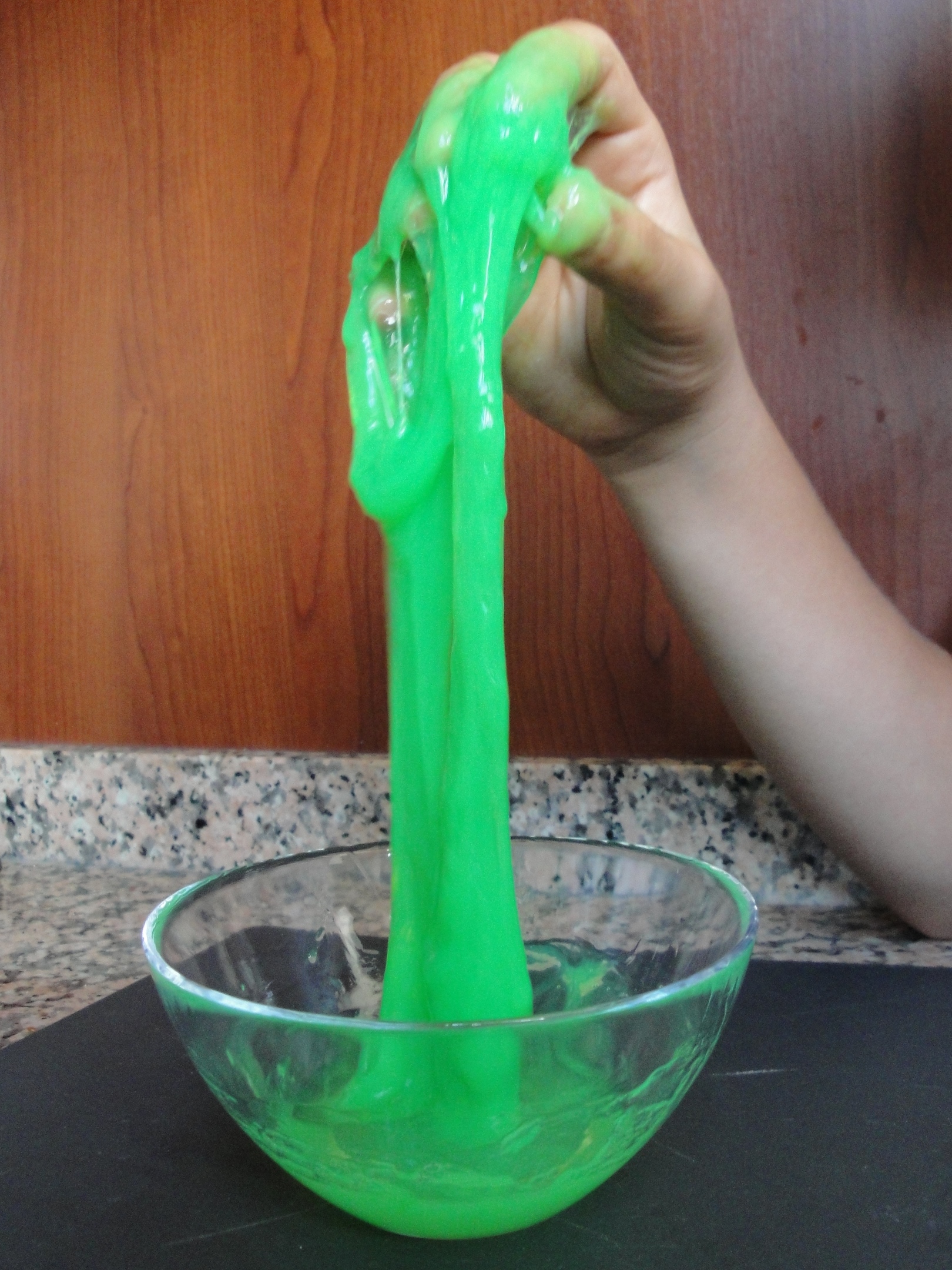English
teachers
more
and
more
look
for
authentic
audiences
for
student
writing.
I’ve
made
that
one
of
my
endeavors
this
year.
My
students
have
done
a
couple
of
assignments
where
their
audience
is
the
entire
sophomore
class
(FlipGrid
videos,
and
the
“100-Word
Memoirs” published to Google Sites which I blogged about already).
I
saw
more
excitement
generated
when
they
were
producing
for
their
peers
instead
of
for
me. I was excited to find another avenue for widening the audience further.
Last
quarter,
my
sophomore
honors
classes
did
some
instructional
writing.
I’d
read
an
article
in
the
January
2018 English Journal by
teacher
Sarah
K.
Gunning
who
argues,
“Whether
students
consider
themselves
to
be
‘writers’
or
not,
they
are
affected
by
the
way
directions
are
written
and
interpreted.”
I
adopted
Gunning’s
lesson
plan,
which
started
as
an
inquiry
into
students’
own
experiences
with
training
and
instructional
manuals
for
their
jobs.
I
reinforced
Gunning’s
point
that
“writing
affects
everyone’s
career”
so
being
able
to
write
instructions
is
an
important
skill
to
learn.
We
used
a
website
called
Instructables.com
where
anyone
can
post
an
instruction
set
with
photos.
Students
had
to
decide
what
talent
or
skill
they
wanted
to
teach
in
written
steps:
some
chose
easy
recipes,
others
demonstrated
origami,
drawing,
friendship
bracelets,
or
colorful
slime.
One
student
wrote
instructions
about
how
to
do
a
somersault.
But
first,
they
had
to
create
an
imaginary
profile
of
their
target
audience
to
ground
themselves
while
writing
their
directions.
Their
profile
helped
them
decide
what
sort
of
safety
warnings
might
need
to
be
included,
and
the
appropriate
level
of
detail
including
photos
to
include
in
each
step.
After
creating
their
draft
instruction
sets,
students
had
to
perform
“usability
testing”
by
watching
a
friend
or
family
member
follow
their
instructions—without
intervening.
They
took
observation
notes
about
where
their
instruction
sets
would
need
adjustment
based
on
the
success
or
failure
of
the
test
subject.
Usability
testing
served
as
real–life
“qualitative”
feedback.
The
beauty
was
that
once
I
set
the
project
in
motion,
I
was
not
the
expert
handing
out
feedback.
As
Gunning
states,
“Removing
the
teacher
from
the
evaluation
aspect … may increase a student’s vision of value for what an audience brings to the writing process.”
Finally,
students
published
their
instruction
sets
on
the
Instructables
website
and
awaited
comments
and
“likes”
and
page
views,
which
provide
exciting
“quantitative
feedback”
as
Gunning
points
out.
The
only
snag
in
this
whole
project
was
that
Instrutables.com
may
not
be
robust
enough
to
handle
a
rush
of
71 student
users!
We
had
some
technical
issues
for
some
students
who
found
it
to
be
more
time–consuming
and
frustrating
to
publish
than
I’d
wanted.
Overall,
they
enjoyed
the
project.
My
evaluation
was
tied
to
a
reflective
piece
where
students
described
how
usability
testing
affected
their
final
instruction
set
and
asked
what
they
learned
about
instructional
writing
from
the
process.
Said
one
sophomore,
“Having the audience shift from just a teacher to anyone in the world changed the way I wrote instructions because with writing to a teacher you know exactly who the audience is. With this project, it is important to write instructions that a variety of people could follow along with, because you don’t know who will view your project. …
I have learned that instructional writing is harder than it looks. When you can’t point to or show the person what exactly to do, you are forced to rely on descriptive and precise wording to explain what to do.”






